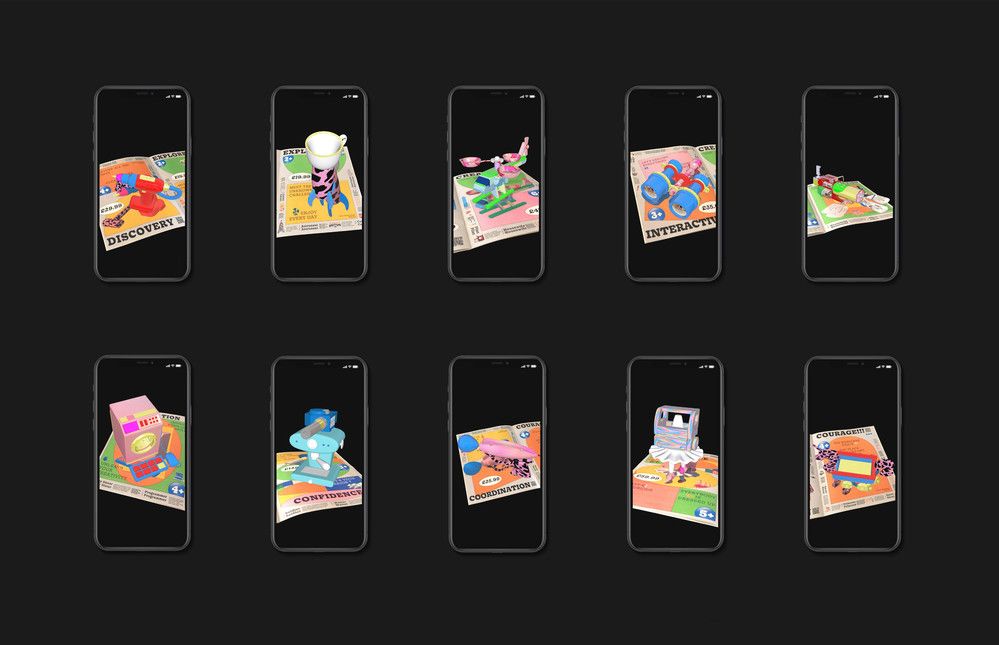Design Economy 2021-2024 report: People, Places and Economic Value

- Written byPress Office
- Published date 21 July 2022

The Design Council today published Design Economy: People, Places and Economic Value, demonstrating the economic value of design to the UK. Subsequent research will be published in the coming months analysing the social and environmental impacts of designers and people using design skills.
The research is based on a methodology developed by UAL Social Design Institute (SDI) and BOP Consulting. A scoping study from January to June 2021 considered the key issues that Design Council should explore and proposed a robust, inclusive research and evaluation methodology that could capture the wide-ranging value of design: moving beyond the economic to include social and environmental impact.
Key findings
- The design economy is growing at twice the UK average, contributing £97.4bn in GVA to the UK economy.
- The design economy is a significant industry in post-Brexit Britain, employing 1.97 million people in 2020
- Digital design jobs rose by 138% in recent years, growing faster than both the design sector and the wider economy
- 77% of all designers work in non-design sectors such as finance, retail and construction.
- Design Council calls for curriculum reform and warns that without diverse career pathways, the sector is under future threat.
About the Design Economy
The research’s mission is to show the economic, social, and environmental value of design in the UK and to advocate for the conditions needed for good design to thrive across the country.
The Design Economy report focuses on 6 key pillars including economic growth, regional prosperity, digital innovation, exports, skills for the future and diversity within the sector.
Design has been shown to increase productivity and return on investment across the economy, acting as a key driver for regional growth and prosperity.
Digital design continues to supercharge the future of the design industry, with roles such as user-experience, website development, app design, video-game creation and other forms of digital production and publishing growing by 138%* in recent years - demonstrating the world class
reputation that the UK’s design industry holds.
In 2019, the design sector also accounted for over £70bn in exports, including work commissioned for overseas projects from the UK.
Alongside digital innovation, faced with the climate and biodiversity emergencies, the scale of what the UK’s need to design – and re-design – to achieve net-zero targets by 2050 is immense. To achieve such goals investment in education and workforce will be paramount. However, statistics across the UK show that entries to Design and Technology GCSE have fallen by 68%.
Get the research
- Download the full report and executive summary from the Design Economy website
- View 6 Scoping papers outlining the research carried out by UAL Social Design Institute and BOP